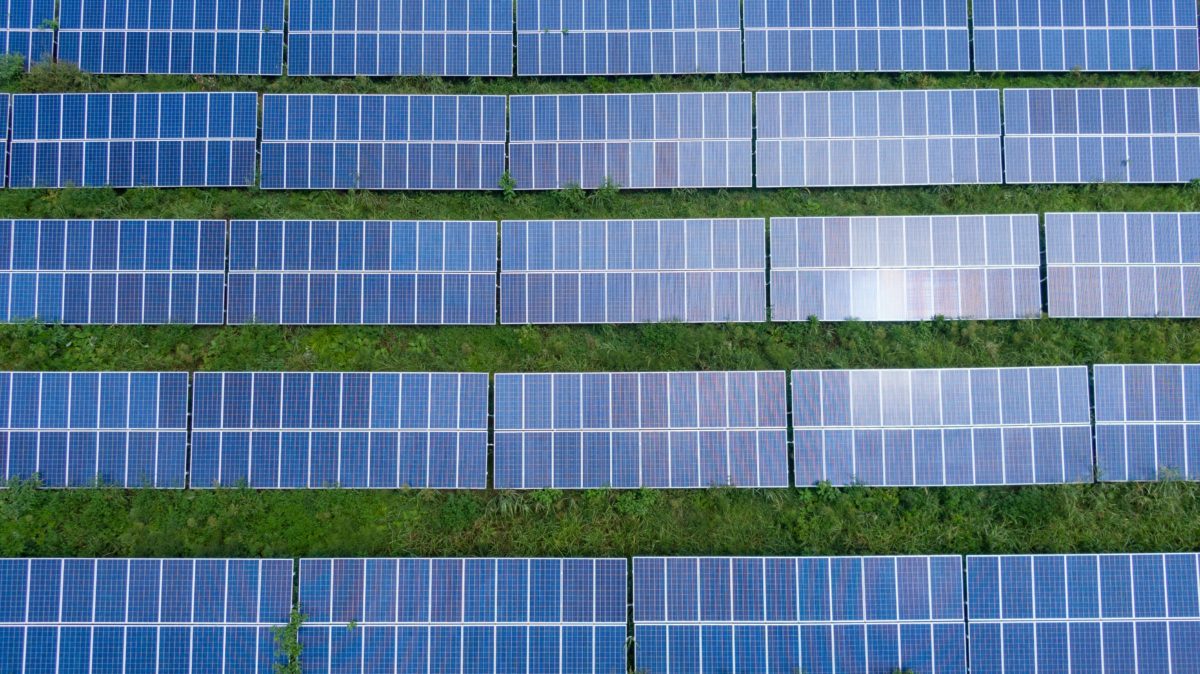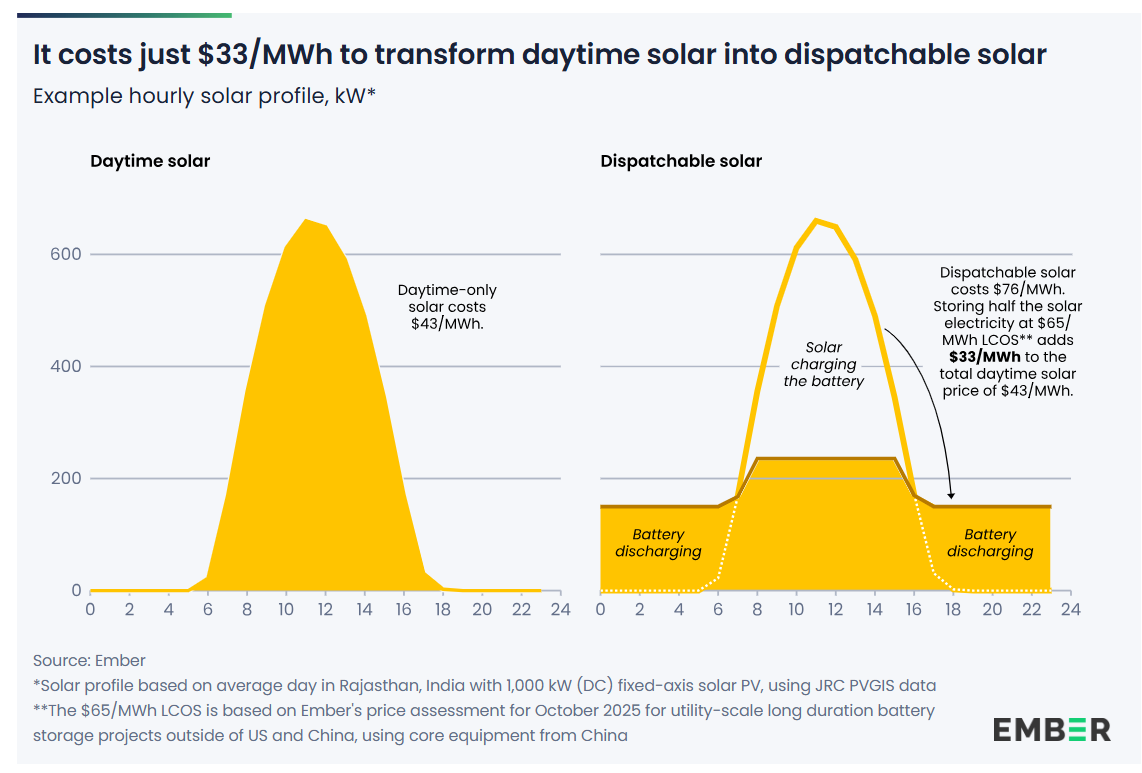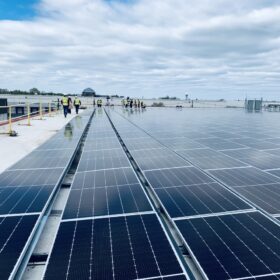The United States’ government has set a goal to achieve net-zero greenhouse gas (GHG) emissions by 2050 accounts for approximately 25% of total US greenhouse gas emissions, and therefore it is necessary to decarbonize the electrical grid if the goal is to be achieved. With many entities– from utilities to grid operators to state, local and federal governments—taking action to reduce their carbon emissions, the Smart Electric Power Alliance (SEPA) partnered with Google, Microsoft, and Xcel Energy as well as other utilities, large energy consumers, local governments and electricity suppliers to gather feedback in order to develop a framework to help various entities reduce carbon emissions.
In the white paper “Tiers of Electricity Decarbonization,” SEPA outlines and explains the framework for identifying “tiers” of decarbonization, indicating ease of implementation and the carbon reduction impacts of actions and strategies entities can take to progress toward the carbon-free goal.
All actions are not created equal and not all actions make sense or are practical for all entities. SEPA has identified four dimensions to assess which action(s) to take to reduce carbon emissions: actor type, objectives, context and available actions.
In this video, two project partners, Nidhi Thakar from Portland General Electric and Caroline Golin from Google, share how this work will help their organizations achieve ambitious carbon reduction goals.
A worksheet walks an entity through five steps to help them develop a list of actions tiered by the impact of the action’s carbon reduction.
The objectives for different entities will vary widely. Some may focus on reducing their own carbon emissions according to a specific carbon accounting methodology, while others may focus on reducing carbon emissions locally in their community or grid, and others may plan to act more broadly, including globally. Timescale, location, public policy, and mission-critical objectives may also affect their choice of or outcome of certain actions.
An entity’s context refers to where its facilities, infrastructure, or actions are located, will influence both the actions available to it and the carbon reduction impacts of those actions. Factors influencing the availability of possible carbon reduction actions include: cost—incentives, funding, tax credits, etc.; product availability; data information availability and access. Taking all of these factors into account, along with the factors influencing the impacts of potential carbon reduction actions are important first steps.
This content is protected by copyright and may not be reused. If you want to cooperate with us and would like to reuse some of our content, please contact: editors@pv-magazine.com.









Tell Duke about it! As if utilities in US are interested in any of the initiatives other than making a high profit despite any environmental impact. Utilities are evil!